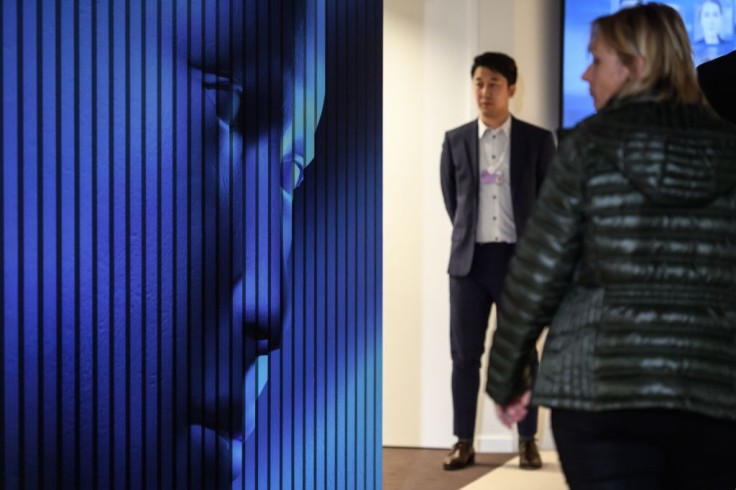AI deepfakes are becoming more realistic and undiscernible from actual media, making it more difficult to detect and identify across the vastness of the internet.
But why exactly are AI deepfakes becoming more undiscernible?

Improving Generative AI Technology
A big factor in the AI deepfake's growth is the recent improvements in generative AI itself as companies and developers push the technology into new horizons.
OpenAI's recent video generator, Sora, is just one proof of how far the industry has come in replicating real-life imageries into their customizable digitalized copies.
Lack of Safety Guidelines for Deepfakes
Along with the innovations, so does the rise of complications and issues stemming from the technology's widened applications.
Over the past years, generative AI has become a tool to extort others, disseminate disinformation, and even use cybercrime schemes.
This is largely due to the limited safety guidelines around the technology preventing it from being easily identifiable by other people unaware of AI.
The result often ends with many people being confused or misled by these images, videos, and audio that are supposed to showcase the milestones of the technology, rather than its dangers.
Related Article : How to Protect Your Face, Voice from Being Used in AI Deepfakes
More Training Data Becoming Available
The increased demand for deepfakes has eventually led to AI firms needing to collect more data to train and improve their AI models to satisfy customer demands.
One of the most common sources of this training data is the internet which continuously hosts more content and information as more users share their data across various platforms.
Using AI tools also provides a training opportunity for companies looking to see what to improve with their AI's capabilities. Interacting with their AI often means allowing them to collect data from the user.









